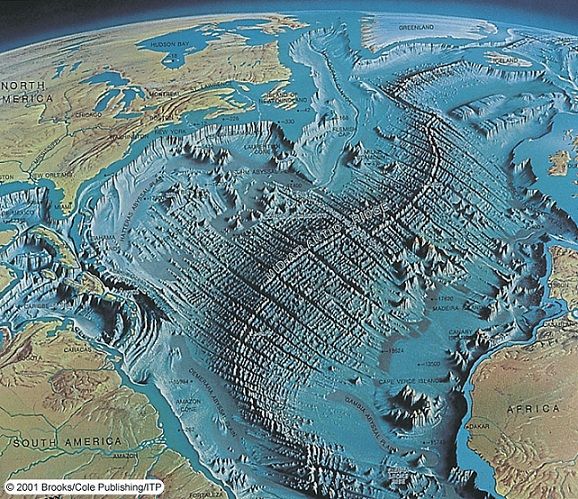The point? Do you mean the strain or the stress? Plastic deformation of the rock allows it to bend without cracking (it flows) which REDUCES the stress. The tensile stress is not the limiting factor here, but the strain (level of deformation). Plastic flow depends on both the pressure (due to depth) and the strain rate (think 'silly putty').
Asserting it is so ain't helping your case.
Rock suffers things called shear stress, compressional stress and tensional stress. They have numbers on those things because they break when the number is exceeded. That number is not time dependent.
The assumed criterion for fracture initiation is that a crack will propagate from the boundary of the elliptical flaw when the tangential stress σb reaches a limiting value equal to the tensile strength of the material at that point...
Rock fracture in compression.
The condition for the onset of shear movement may be expressed by the following equation:
τxy = τo + µσy
-source.Rock fracture in compression.
The condition for the onset of shear movement may be expressed by the following equation:
τxy = τo + µσy
The same goes for any paper or calculation of fracture of rocks. Water content can change the energy required. Pressure and heat can change it. Pre-existence of faults can change it. Lots of potential conditions need to be considered before we can predict the failure point of a material. But what is never included is a measure of how quickly the stress is applied.
No mention of time - unless you have something for us.








